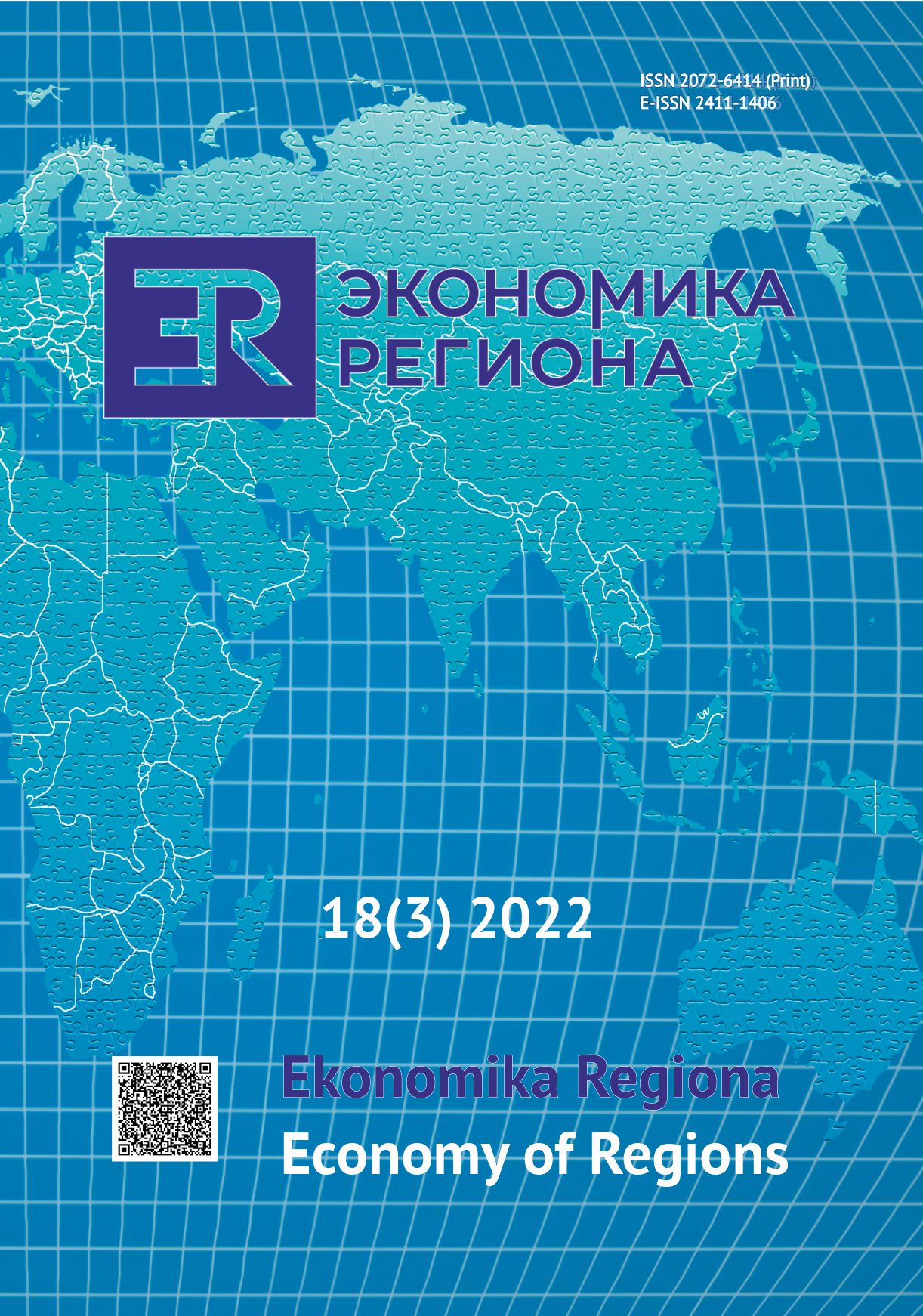Assessment of Export-Led Growth Hypothesis: The Case of Bangladesh, China, India and Myanmar
Assessment of Export-Led Growth Hypothesis: The Case of Bangladesh, China, India and Myanmar
Author(s): Md. Monirul Islam, Mohammad Tareque, Md. Moniruzzaman, Md. Idris AliSubject(s): International relations/trade, Economic development
Published by: Институт экономики Уральского отделения Российской академии наук
Keywords: export-led growth; growth-led export; economic growth; ARDL method; MWALD Granger causality test; BCIM countries;
Summary/Abstract: The Asian countries, particularly Bangladesh, China, India and Myanmar, have been witnessing impressive economic growth rates due to their trade performance in the international market. Although export-led growth assumption is functional in these economies, existing pieces of literature hardly considered them in their studies. Against this backdrop, the present study investigates the export-led growth hypothesis for four South Asian countries — Bangladesh, China, India, and Myanmar — covering country-specific different time ranges. This research employs the autoregressive distributed lag (ARDL) bounds testing approach to co-integration and the MWALD Granger causality test to determine the causal relationship between variables. The results obtained from the autoregressive distributed lag method confirm the co-integration among the variables. In addition, the Granger causality test explores both the export-led and growth-led export hypotheses in Bangladesh and India as per the bidirectional causation between exports and economic development. Only the export-led growth theorem is relevant to China, and the growth-led export hypothesis is valid in the case of Myanmar based on the unidirectional causation between these variables. Therefore, any joint footstep of BCIM countries is critical to promoting exports by penetrating new destinations with diversified export goods and services. The obtained findings also indicate the potential for utilising these countries’ unused resources to encourage exports to uplift the existing growth trajectory.
Journal: Экономика региона
- Issue Year: 18/2022
- Issue No: 3
- Page Range: 910-925
- Page Count: 16
- Language: English

